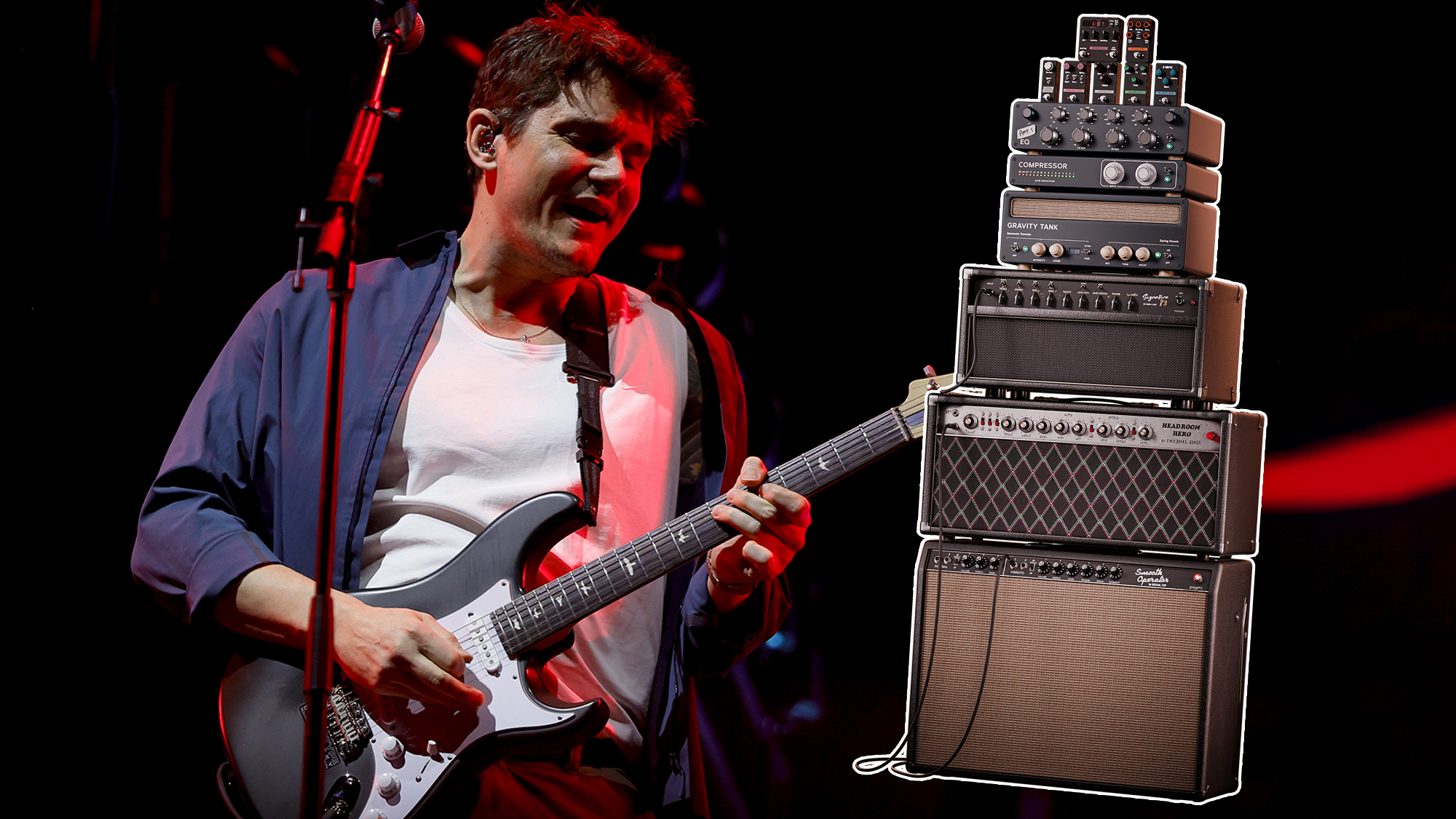Bored with pentatonics? This lesson in superimpositions will make you think again
Get more out of the guitarist’s favorite scale and make it sound fresh again by learning how the notes relate to each other and their underlying chords

If there was a way to use your existing pentatonic scales and licks to play over a variety of new chords – and sound more outside-the-box while you’re at it – it would sound too good to be true, wouldn’t it? Well, actually it is true…
In short, it is possible to play most of your favourite ideas over alternative chords. The only ‘catch’, if there is one, is that you’ll need to understand how the notes in the scale relate to the underlying chord.
As you’ll see, this isn’t all that complex – we’re using chords associated with the C major scale (C/A minor/D minor) to illustrate these ideas, but they can be transposed to any key. We’ve thrown in a few different shapes of the pentatonic for variety, but the concept remains unchanged.
Example 1
This A minor pentatonic is superimposed over a C major chord. You will find the same licks and lines that fit over A minor will fit over C major the ‘relative major’. We start with C, to reflect the root note of the chord, but you’ll see the root of the scale itself (A) is referred to at the end, before heading back to C.
Example 2
The C major chord contains C, E and G (root, 3rd, 5th), so playing the minor pentatonic scale beginning with the 3rd (E) means we still have a useable scale for extra options. Start with standard E minor blues licks, then notice how certain notes imply a more complex harmony than a basic C chords.
Example 3
The underlying chord is A minor, with a root/3rd/5th of A, C and E. By using E minor pentatonic, we’re ‘playing off the 5th’, resulting in a pentatonic sound that refers to the 9th and 11th – even though these aren’t present in the backing chord – adding depth and interest. We start and finish with G.
Example 4
Starting and finishing with D, this A minor pentatonic scale shape implies both the b7th and the minor 9th, giving extra melodic interest, while retaining the familiar scale shape. Simplify this by reverting to shape 1, though some of the lower notes can sound a little dissonant if emphasised or left to ring.
All the latest guitar news, interviews, lessons, reviews, deals and more, direct to your inbox!
Example 5
This low-register C major pentatonic shape fits nicely over the D minor chord, but demonstrates the need for caution when experimenting with the lower notes. Try all the C major pentatonic shapes and see how it can open up different harmonic ideas when combined with your existing repertoire.
Example 6.
Playing a G major pentatonic over a C major chord gives an alternative to the G major scale – or the E minor pentatonic for that matter. We start and finish in D, as it’s nice to use all six strings, though many will target the root of the chord (C) if playing round the lower reaches of the fretboard.
As well as a longtime contributor to Guitarist and Guitar Techniques, Richard is Tony Hadley’s longstanding guitarist, and has worked with everyone from Roger Daltrey to Ronan Keating.







